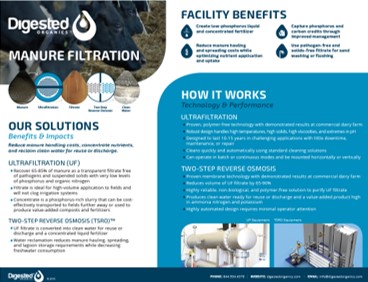

Numeric in-stream objectives (also called effects-based criteria or targets) and, ultimately, limits on catchment loads for these major landuse stressors is a promising policy instrument for preventing or reducing degradation of stream ecosystem health. Excess nutrients and fine sediments degrade water quality, physical habitat, and food resources for aquatic animals, thereby leading to structural changes of biotic communities and functional changes of stream ecosystem processes. II and IC thresholds of multiple ecological indicators can be used to set robust objectives aimed at different levels of protection of ecosystem health.Īgricultural land use negatively affects stream ecosystems via terrestrial runoff carrying eroded fine sediments and excess nutrients from fertilizers and animal excretions (Allan 2004). Statistical analysis based on single-stressor inferential threshold models suggested that these models carry high risk of identifying spurious thresholds and are less suitable for setting management objectives. Limited information for setting P objectives highlights the need to develop alternative indicators of P loading.

Few indicators responded to phosphorus (P) concentration. We suggest use of sediment-specific macroinvertebrate metrics and a reliable measure of deposited fine sediment in the future. We found few stressor–response relationships for sediment. Impact cessation (IC) on macroinvertebrate metrics at total N = ~0.5 mg/L (below N concentrations that saturate important ecosystem processes) highlighted sensitivity of macroinvertebrate communities to eutrophication. Congruence of impact initiation (II) thresholds for N among macroinvertebrate metrics and 2 periphyton indicators provided multiple lines of evidence for ecosystem change with small increases in N concentrations above background levels. We built flexible boosted regression tree (BRT) models with a predictor set consisting of nutrient, sediment, and environmental variables and investigated the fitted functions for different types of thresholds across each stressor gradient. We measured a suite of ecological indicators during a regional field survey in New Zealand. Use of multiple structural and functional indicators and different organism groups provides multiple lines of evidence to make objectives more robust. Management objectives can be informed by thresholds identified from stressor–response shapes of ecological indicators based on field survey data. Setting numeric in-stream objectives (limits, criteria) to inform limits on catchment loads for major land-use stressors is a promising policy instrument to prevent ecosystem degradation.


 0 kommentar(er)
0 kommentar(er)
